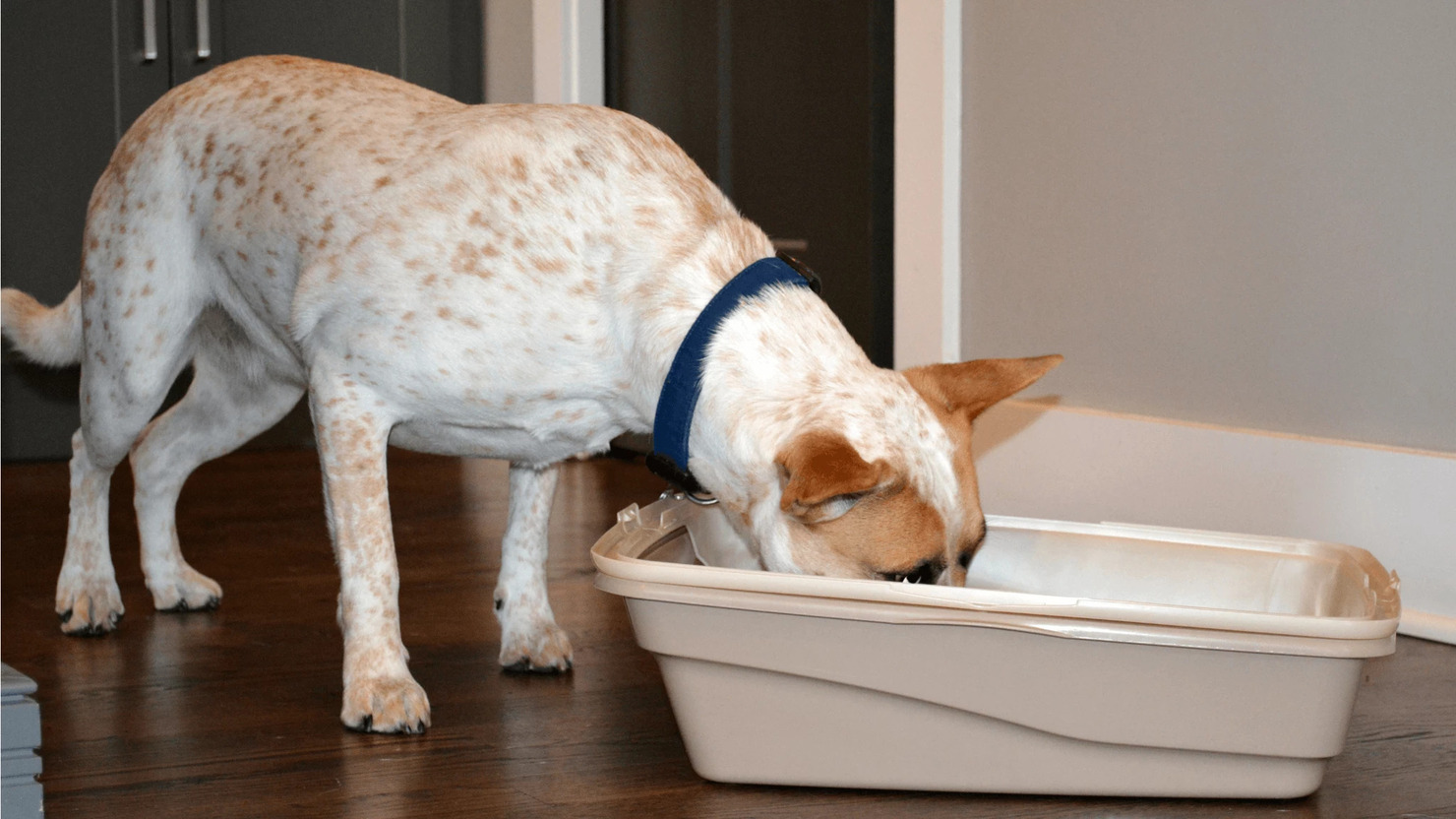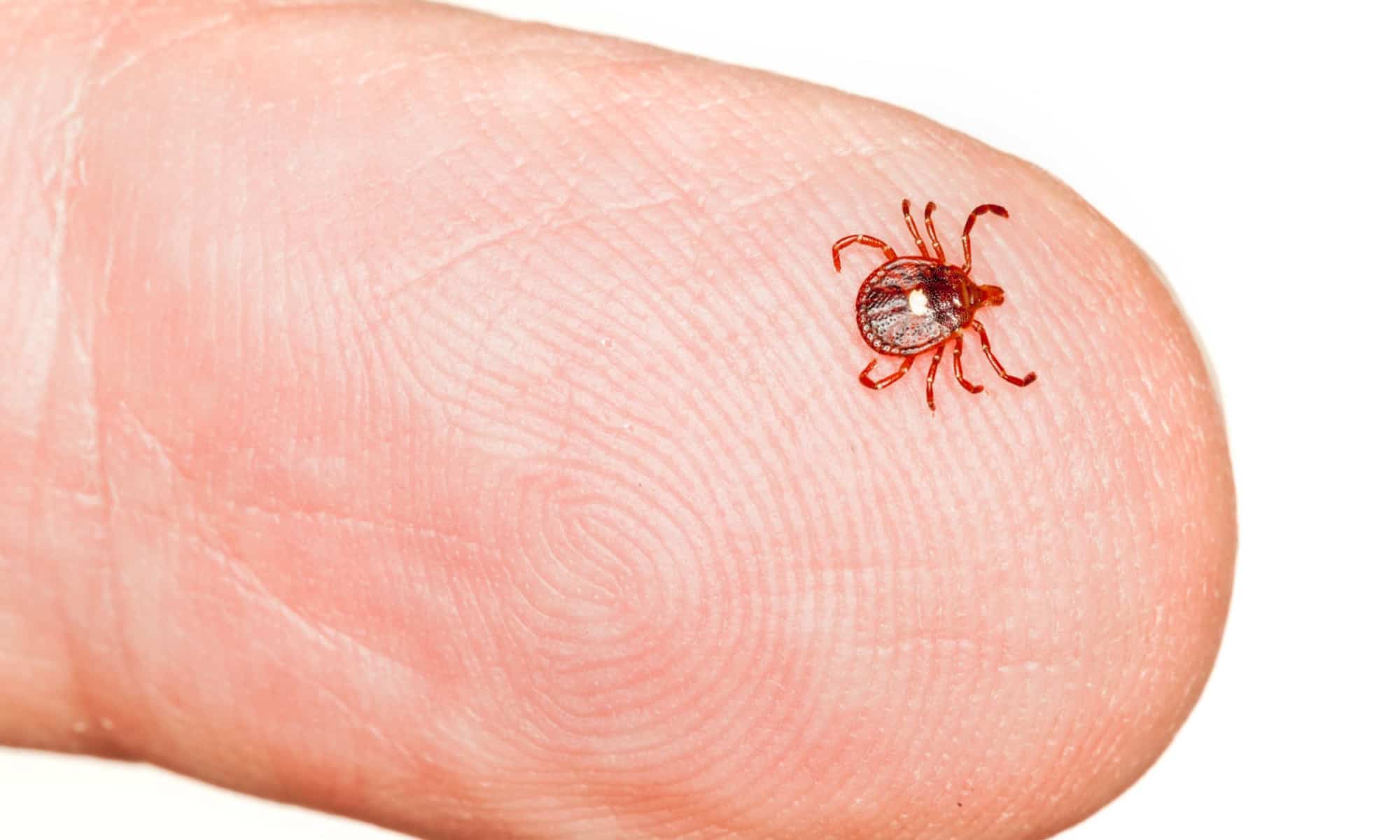Home>Health & Wellness>Common Health Issues>What Kind Of Tapeworms Do Dogs Get From Eating Fleas?


Common Health Issues
What Kind Of Tapeworms Do Dogs Get From Eating Fleas?
Published: February 14, 2024
Learn about the common health issues in dogs, including tapeworms from eating fleas. Discover how to prevent and treat these conditions.
(Many of the links in this article redirect to a specific reviewed product. Your purchase of these products through affiliate links helps to generate commission for Pawsomeoldies.com, at no extra cost. Learn more)
Table of Contents
Introduction
Tapeworms are a common health issue that can affect dogs, causing discomfort and potential health complications. Understanding the relationship between tapeworms and fleas is crucial for dog owners to ensure the well-being of their furry companions. When dogs ingest fleas, they can become susceptible to tapeworm infections, leading to various symptoms and potential health risks. This article aims to provide comprehensive insights into the types of tapeworms that dogs can get from eating fleas, the symptoms of tapeworm infections, as well as the treatment and prevention methods to safeguard the health of our beloved canine friends. Understanding tapeworms in dogs and their connection to flea consumption is essential for every dog owner, as it empowers them to take proactive measures to protect their pets from this common health issue.
Read more: What Are The Worms Dogs Get From Fleas?
Understanding Tapeworms in Dogs
Tapeworms are a type of intestinal parasite that can affect dogs, causing discomfort and potential health issues. The most common tapeworms that affect dogs are Dipylidium caninum and Taenia species. These parasites have a segmented body, resembling a tape or ribbon, and can grow up to several inches in length within the dog's intestines.
Dipylidium caninum, also known as the flea tapeworm, is the most prevalent type of tapeworm found in dogs. This tapeworm is transmitted to dogs through the ingestion of infected fleas. When a dog ingests a flea during grooming or through other means, it can become a host for the tapeworm larvae contained within the flea. Once inside the dog's digestive system, the tapeworm larvae develop into adult tapeworms, attaching themselves to the intestinal wall and continuing their life cycle.
Taenia species are another type of tapeworm that can affect dogs. These tapeworms are typically transmitted through the ingestion of infected intermediate hosts, such as rodents, rabbits, or other small mammals. Dogs that have access to hunting or scavenging may be at a higher risk of contracting Taenia tapeworms.
Understanding the life cycle of tapeworms is crucial in comprehending how dogs become infected. The adult tapeworms in the intestines release segments, known as proglottids, which contain eggs. These proglottids are passed in the dog's feces, and they may be visible in the feces or around the dog's anal area. Once in the environment, the proglottids release eggs, which can be ingested by flea larvae or other intermediate hosts, continuing the tapeworm life cycle.
It's important to note that tapeworm infections in dogs may not always present immediate symptoms, especially in the early stages. However, if left untreated, tapeworms can lead to weight loss, poor coat condition, and discomfort for the affected dog. Therefore, understanding the potential sources of tapeworm infections, such as the ingestion of fleas or other intermediate hosts, is essential for dog owners to take proactive measures in preventing and addressing this common health issue.
How Dogs Get Tapeworms from Eating Fleas
When dogs ingest fleas, they can become susceptible to tapeworm infections, leading to various symptoms and potential health risks. The most common type of tapeworm that dogs acquire from ingesting fleas is Dipylidium caninum, also known as the flea tapeworm. This parasitic infection occurs when a dog inadvertently consumes fleas while grooming itself or through other interactions with infested environments.
The life cycle of the flea tapeworm begins with the ingestion of tapeworm-infected fleas by dogs. Fleas serve as intermediate hosts for the tapeworm larvae, which develop and mature within the flea's body. When a dog ingests an infected flea, the tapeworm larvae are released into the dog's digestive system, where they attach themselves to the intestinal wall and develop into adult tapeworms.
It's important to note that dogs may not always exhibit immediate symptoms of tapeworm infection after ingesting fleas. However, over time, the presence of tapeworms in the dog's intestines can lead to various health issues, including weight loss, abdominal discomfort, and poor coat condition. Therefore, preventing dogs from ingesting fleas is crucial in minimizing the risk of tapeworm infections.
Flea infestations in the dog's environment can significantly increase the likelihood of tapeworm transmission. When a dog is exposed to areas with a high flea population, the risk of flea ingestion and subsequent tapeworm infection becomes more pronounced. Additionally, dogs that have a habit of grooming themselves or other animals are at an increased risk of ingesting fleas, thereby heightening their susceptibility to tapeworm infections.
To mitigate the risk of tapeworm infections from flea ingestion, dog owners should prioritize flea control measures. This includes regular grooming and inspection of their pets for fleas, as well as the use of veterinarian-recommended flea prevention products. Maintaining a clean and hygienic living environment for dogs, including regular vacuuming and cleaning of bedding, can also help reduce the prevalence of fleas and minimize the risk of tapeworm transmission.
By understanding how dogs can acquire tapeworms from eating fleas and implementing proactive measures to prevent flea infestations, dog owners can safeguard the health and well-being of their beloved pets. It's essential to remain vigilant in flea control and to seek veterinary guidance if tapeworm infection is suspected, ensuring that dogs receive prompt and appropriate treatment to address this common health concern.
Symptoms of Tapeworm Infection in Dogs
Symptoms of tapeworm infection in dogs may not always be immediately apparent, especially in the early stages of infestation. However, as the infection progresses, certain signs may become noticeable, indicating the presence of tapeworms in the dog's digestive system. It's important for dog owners to be vigilant and observant, as early detection of these symptoms can prompt timely intervention and treatment.
One of the most common indicators of tapeworm infection in dogs is the presence of tapeworm segments, known as proglottids, in the dog's feces or around the anal area. These proglottids are often visible to the naked eye and may resemble small grains of rice or sesame seeds. The appearance of these segments is a clear indication of an active tapeworm infestation in the dog.
Additionally, dogs with tapeworm infections may exhibit symptoms such as mild to severe itching around the anus, as the movement of tapeworm segments can cause irritation and discomfort. This may lead to excessive licking or biting of the affected area, indicating potential discomfort and distress experienced by the dog.
In some cases, dogs infected with tapeworms may experience changes in their appetite or weight loss. The presence of tapeworms in the intestines can affect the dog's ability to absorb nutrients from food, leading to reduced appetite and subsequent weight loss. Despite maintaining a regular diet, affected dogs may display signs of malnourishment and a decline in overall body condition.
Furthermore, dogs with tapeworm infections may demonstrate gastrointestinal disturbances, including diarrhea or intermittent vomiting. These symptoms can be attributed to the presence of tapeworms in the digestive tract, causing irritation and disruption to normal gastrointestinal function.
It's important to note that not all dogs with tapeworm infections will exhibit overt symptoms, especially in the early stages of infestation. However, the presence of any of the aforementioned signs should prompt dog owners to seek veterinary attention for proper diagnosis and treatment.
Understanding the potential symptoms of tapeworm infection in dogs is crucial for dog owners to provide timely and appropriate care for their pets. By remaining attentive to any changes in behavior, appetite, or physical appearance, dog owners can play a proactive role in safeguarding their pets' health and well-being. Seeking veterinary guidance and adhering to recommended deworming protocols are essential steps in addressing tapeworm infections and ensuring the overall health of dogs.
Treatment and Prevention of Tapeworms in Dogs
Treatment and prevention of tapeworms in dogs are essential aspects of responsible pet ownership, aiming to safeguard the health and well-being of canine companions. When addressing tapeworm infections in dogs, it's crucial to consider both treatment protocols and proactive measures to prevent future infestations.
Read more: What Diseases Do Dogs Get From Ticks
Treatment of Tapeworms in Dogs
Upon the diagnosis of tapeworm infection in dogs, veterinarians may recommend specific deworming medications to effectively eliminate the parasites from the dog's digestive system. These medications are designed to target and eradicate adult tapeworms, facilitating their expulsion from the dog's body through feces. Commonly used deworming medications for tapeworms include praziquantel, which is highly effective in treating tapeworm infections in dogs.
It's important for dog owners to adhere to the prescribed treatment regimen and dosage as directed by the veterinarian. Ensuring that the full course of medication is completed is crucial in effectively eliminating tapeworms and preventing potential reinfestation. Additionally, regular fecal examinations may be recommended post-treatment to confirm the successful eradication of tapeworms from the dog's system.
Prevention of Tapeworms in Dogs
Preventing tapeworm infections in dogs involves proactive measures to minimize the risk of flea ingestion and exposure to intermediate hosts. Implementing a comprehensive flea control program is fundamental in preventing tapeworm transmission, as flea infestations significantly heighten the risk of tapeworm infections in dogs.
Dog owners should prioritize regular grooming and inspection of their pets for fleas, promptly addressing any signs of flea infestation. Utilizing veterinarian-recommended flea prevention products, such as topical treatments or oral medications, can effectively deter fleas from infesting dogs and reduce the likelihood of tapeworm transmission.
Maintaining a clean and hygienic living environment for dogs is equally important in preventing tapeworm infections. Regular vacuuming and cleaning of pet bedding, as well as thorough sanitation of indoor and outdoor spaces, can help minimize flea populations and limit the risk of tapeworm transmission.
Furthermore, preventing dogs from scavenging or consuming intermediate hosts, such as rodents or rabbits, can reduce the risk of acquiring certain types of tapeworms. Supervising outdoor activities and limiting access to potential intermediate hosts can contribute to preventing tapeworm infections in dogs.
By prioritizing both treatment and prevention strategies, dog owners can effectively address tapeworm infections in their pets and minimize the risk of future infestations. Proactive measures, including regular veterinary care, adherence to deworming protocols, and comprehensive flea control, are essential in promoting the overall health and well-being of dogs.
The comprehensive approach to addressing tapeworm infections and implementing preventive measures underscores the commitment to providing optimal care for canine companions, ensuring that they remain healthy and free from the burdens of parasitic infestations.
Conclusion
In conclusion, tapeworm infections in dogs, particularly those acquired from ingesting fleas, are common yet manageable health concerns that require attention and proactive measures from dog owners. Understanding the types of tapeworms that dogs can acquire from consuming fleas, such as Dipylidium caninum, sheds light on the significance of flea control and preventive strategies. The relationship between tapeworms and flea ingestion underscores the interconnected nature of parasitic infections and the importance of holistic approaches to safeguarding canine health.
By recognizing the symptoms of tapeworm infections, including the presence of tapeworm segments in feces, anal itching, changes in appetite, and gastrointestinal disturbances, dog owners can remain vigilant and seek timely veterinary care when necessary. Early detection and intervention play a pivotal role in addressing tapeworm infections and preventing potential health complications in dogs.
Treatment of tapeworm infections involves the administration of deworming medications, such as praziquantel, under the guidance of veterinarians. Adhering to prescribed treatment regimens and completing the full course of medication are essential in effectively eliminating tapeworms from the dog's system. Additionally, preventive measures, including comprehensive flea control, regular grooming, and environmental sanitation, are crucial in minimizing the risk of tapeworm transmission and reinfestation.
The commitment to preventing tapeworm infections in dogs extends beyond treatment protocols, encompassing proactive strategies to create a safe and hygienic environment for canine companions. By prioritizing flea prevention, limiting access to intermediate hosts, and maintaining overall hygiene, dog owners can significantly reduce the likelihood of tapeworm infestations and promote the well-being of their pets.
In essence, the comprehensive understanding of tapeworm infections in dogs, their connection to flea ingestion, and the implementation of treatment and prevention strategies reflect the dedication to providing optimal care for canine companions. By remaining informed, proactive, and attentive to the health needs of dogs, dog owners can effectively mitigate the impact of tapeworm infections and ensure that their beloved pets lead healthy, fulfilling lives free from the burdens of parasitic infestations.














